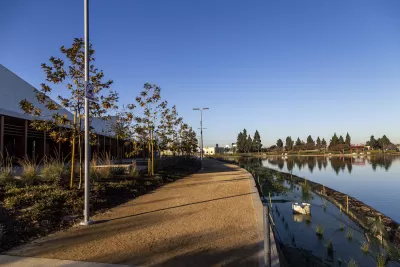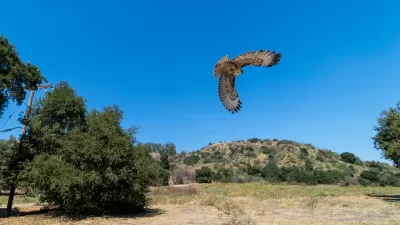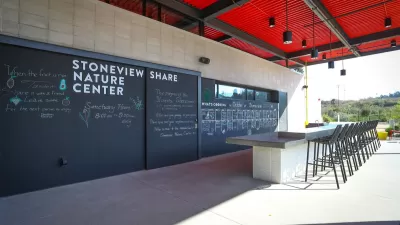Los Angeles County's popular Parks After Dark program continues to serve communities in need and offer multiple important benefits, as documented in a recent UCLA study.

For an eight-week period each summer, the Los Angeles County Department of Parks and Recreation (DPR) extends hours of park operation by several hours at 34 participating parks, offering evening events as part of its Parks After Dark program. The program offers family entertainment (like movies, concerts, arts and crafts, and free meals), sports and recreational activities (like swimming and dance), cultural and educational programming (like healthy cooking and financial literacy classes), and employment and volunteer opportunities for youth and adults.
PAD parks also host resource fairs through which public agencies and community-based organizations provide health, social, economic, and legal resources to participants. Throughout all events, deputies from the Sheriff’s Department patrol and engage in activities alongside participants, which help to ensure safety and foster positive interactions between law enforcement and community members.
The program outcomes and benefits of PAD have been well-documented. Key findings from a new evaluation by the UCLA Center for Health Policy Research include:
- A survey of attendees in 2023 found that 93% felt safe at PAD.
- Of attendees who did not meet the recommended activity guidelines for their age, 76% participated in at least one exercise or sports program at PAD.
- The vast majority of those surveyed expressed high levels of satisfaction with 97% saying they would attend again.
For more information, including the detailed data and recommendations, please read the report available here.
FULL STORY: As L.A. County nighttime recreation program expands scope, success largely continues

Planetizen Federal Action Tracker
A weekly monitor of how Trump’s orders and actions are impacting planners and planning in America.

San Francisco's School District Spent $105M To Build Affordable Housing for Teachers — And That's Just the Beginning
SFUSD joins a growing list of school districts using their land holdings to address housing affordability challenges faced by their own employees.

The Tiny, Adorable $7,000 Car Turning Japan Onto EVs
The single seat Mibot charges from a regular plug as quickly as an iPad, and is about half the price of an average EV.

Seattle's Plan for Adopting Driverless Cars
Equity, safety, accessibility and affordability are front of mind as the city prepares for robotaxis and other autonomous vehicles.

As Trump Phases Out FEMA, Is It Time to Flee the Floodplains?
With less federal funding available for disaster relief efforts, the need to relocate at-risk communities is more urgent than ever.

With Protected Lanes, 460% More People Commute by Bike
For those needing more ammo, more data proving what we already knew is here.
Urban Design for Planners 1: Software Tools
This six-course series explores essential urban design concepts using open source software and equips planners with the tools they need to participate fully in the urban design process.
Planning for Universal Design
Learn the tools for implementing Universal Design in planning regulations.
Smith Gee Studio
City of Charlotte
City of Camden Redevelopment Agency
City of Astoria
Transportation Research & Education Center (TREC) at Portland State University
US High Speed Rail Association
City of Camden Redevelopment Agency
Municipality of Princeton (NJ)





























